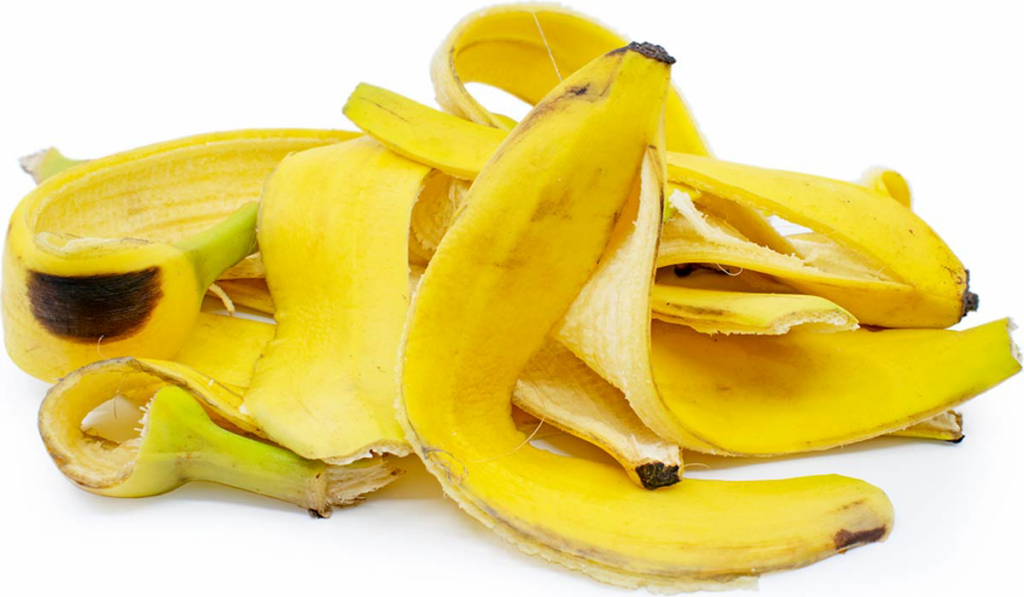
Bananas are one of the healthiest fruits in the human diet. They provide the body with many nutrients, including vitamins C and B, carotenoids, magnesium, potassium, and manganese. There is also research evidence that bananas reduce oxidative stress in the human body, which reduces inflammation and lowers the risk of cancer. Banana peels are also rich in minerals, such as potassium and magnesium as well as nitrogen and sulfur.
A recent study published in the journal ACS Food Science & Technology showed that if banana peels are peeled, dried, and ground into flour, they can be made into baked products that taste just as nice, if not better, than wheat-based products.
And when their trial products were taste tested, consumers reported that they were completely happy with the flavours. And you’ll get a generous helping of cancer-fighting minerals and nutrients.
And while the study only looked at the consequences of adding banana peels to baked biscuits, the results suggest that using banana peel flour in bread, cakes and pasta may be something to consider as well.
Last year, for example, a study on banana peel cake found that the yellow skin of the fruit provides a natural nutritional color for the baked product as well as a nutritional boost.
A 2016 study found that replacing up to 10% of wheat flour with banana peel flour can enrich baked bread with higher protein, carbohydrate and fat contents.
Not only is eating the peel of this fruit a healthy option, it can help reduce food waste. About 40% of the weight of a banana is in its peel, and most of the time, this nutrient-packed peel is discarded.
Banana peels can extend the shelf life of some products, as they have antioxidant and antimicrobial properties.
The same applies to the peels of other fruits as well, such as mango peel, which has also been found to enhance the antioxidant properties of the cake and improve its flavour.
=
